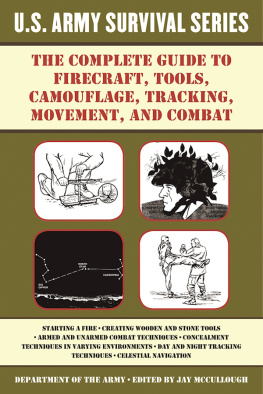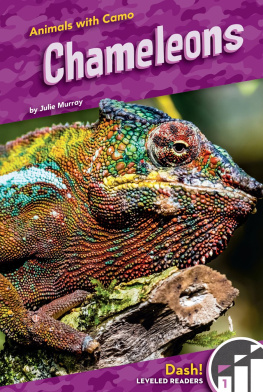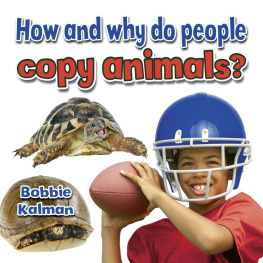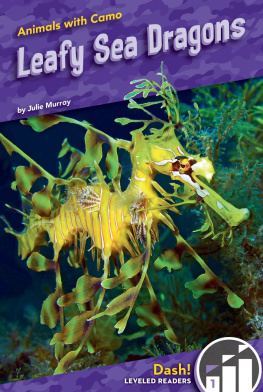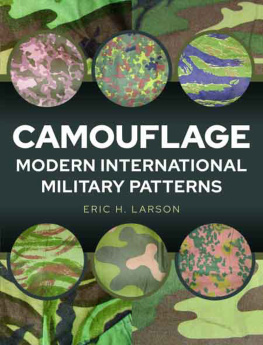cover


First published in 2006 by Red Rocket Readers, an imprint of Flying Start Books Ltd. Reprinted 2007, 2008, 2013, 2019.
13/45 Karepiro Drive, Auckland 0932, New Zealand.
story Maria Gill
ISBN
Printed in New Zealand
All photographs supplied by iStock Photo
This book is copyright. No part of this publication may be reproduced, stored in a retrieval system, or transmitted in
any form or by any means, electronic, mechanical, photocopying, recording or otherwise without permission in writing
from the publisher.
redrocketreaders.com
Word Count = 335
Why do animals need to camouage themselves?
Camouage is a way of hiding by blending into the background.
Many animals use camouage so that they wont be caught by
their enemies. Other animals use camouage to hide from animals
they are trying to catch. Which animals do you know that use
clever camouage?
Use Teacher Talk to stimulate discussion of topic.
Develop research skills based on this topic.
Use Table of Contents to locate specific information.
Refer to Glossary to clarify basic concepts.
Notice homophones: their/there
Focus on use of adjectives to add meaning to text.
Identify antonyms: dark/light above/below
Notice irregular plural es : foxes branches
Understand use of apostrophe to show possession.
Promote drama, writing or art as follow-up activities.
Find learning resources to extend and reinforce the literacy
strategies in this title @ redrocketreaders.com
Sight
Words
Teacher
Talk
Teaching
Plan
change just long many same their under use
978-1-776853-59-5

Clever Camouflage
written by Maria Gill
Contents Page
Matching colour 2
Changing colour 4
Seasons 6
Stripes 8
Spots 10
Two colours 12
Shape 14
Camouflage 16

Some animals use one colour to hide
against the backgrounds they live in .
A snakes green or brown scales are
the same colour as plants .

A lions fur is the same colour as
long grass . A beetles shell is the
same colour as the earth . Parrots
have feathers that match the
leaves on the trees .

Some animals change colour to
match different backgrounds .
An octopus can change its
colour whenever it moves .

It is a light colour when it is
on the sand in the sea .
It changes to a darker colour
when it moves onto the rocks .

Some animals change colour
when the seasons change .
Arctic foxes change their
coats twice a year .

In summer , their coats are
dark , like the brown earth .
In winter , their coats are
white to match the snow .

Some animals use stripe patterns
to look like their backgrounds .
Zebras wavy lines look just like
wavy grass .

The zebras ' enemy , the lion ,
is colour - blind . When zebras
stand together , they look like
one large , striped pattern .

Some animals use spot patterns to hide
against the backgrounds they live in .
Leopards use spots to blend into the
shady spots under a tree .

A butterfly fish has a large spot
on the end of its tail that looks
like an eye . This makes it look
bigger to trick its enemies .

Some animals use two colours to blend
into their backgrounds .
The light colour blends into the sunlight .
The dark colour blends into the darker
backgrounds .

Hungry sharks use two colours so
that fish cant see them from above
or from below .

Some animals use their body shapes
to hide . Stick insects use their long ,
thin shapes to look like small sticks .

Some birds can look like branches
on a tree . A flatfish can lie flat
under the sand . A crocodile can
look just like a log .

Some animals hide from the animals
that they want to catch .
Some hide from their enemies that
are trying to catch them .
They all use clever camouflage .

background the place behind something
blend mix together




